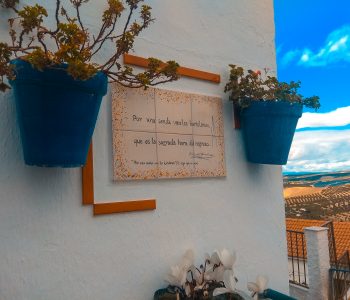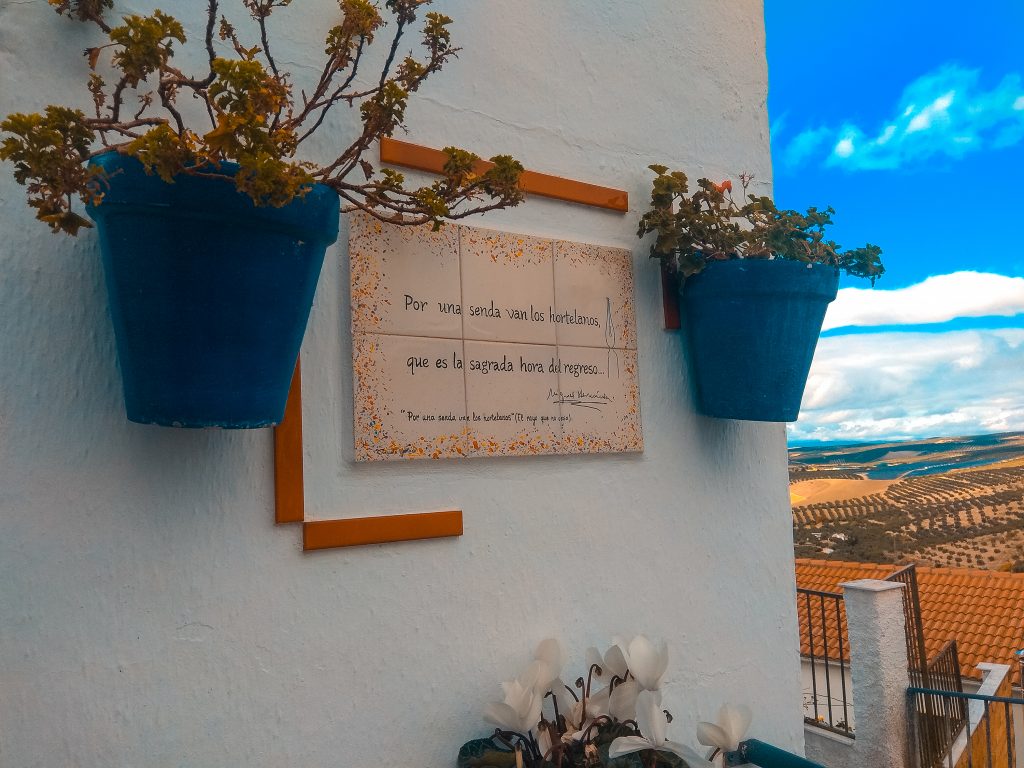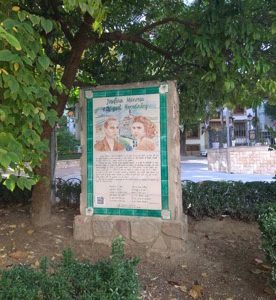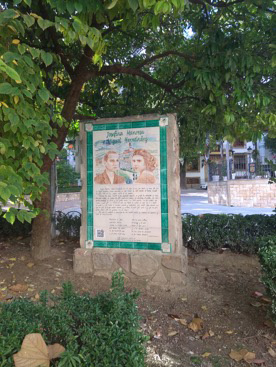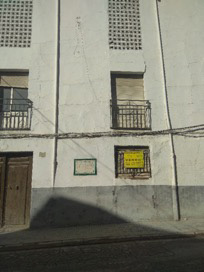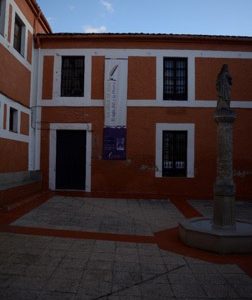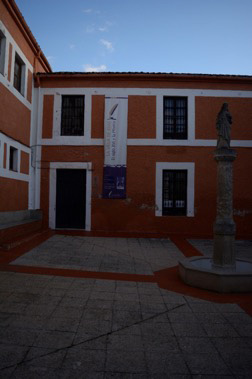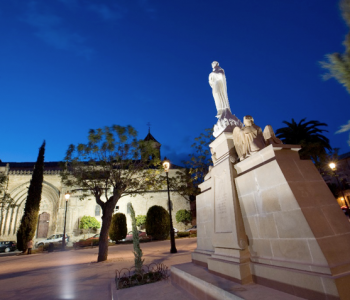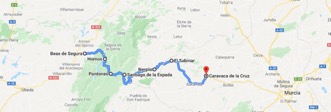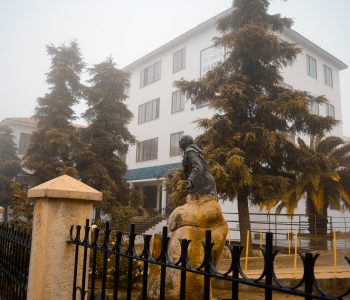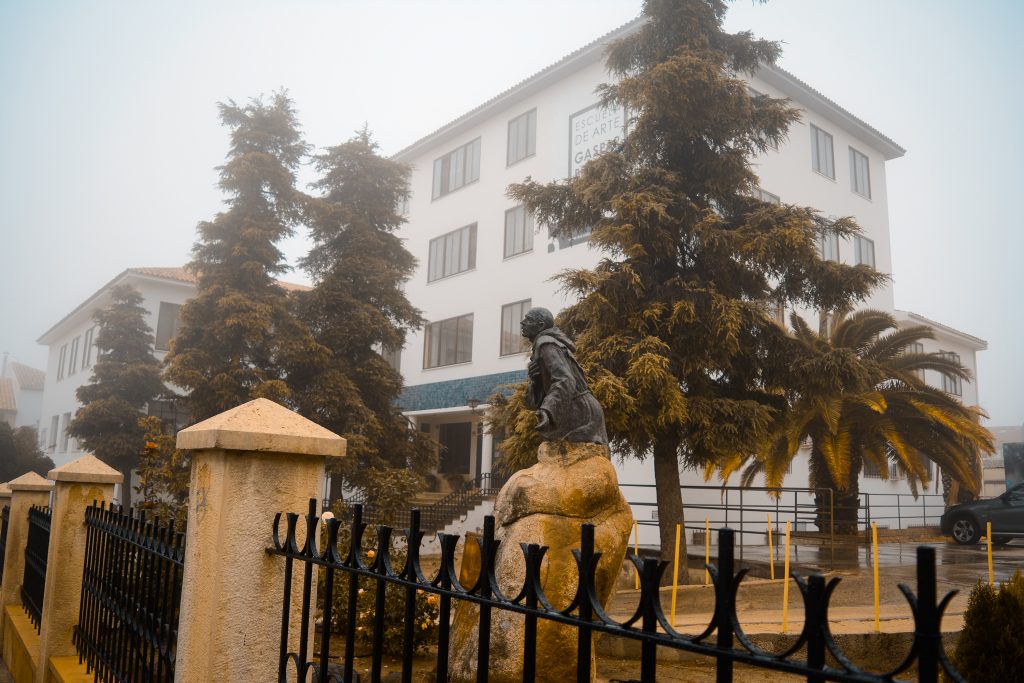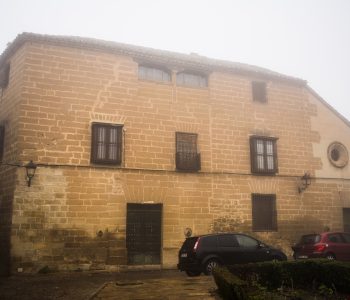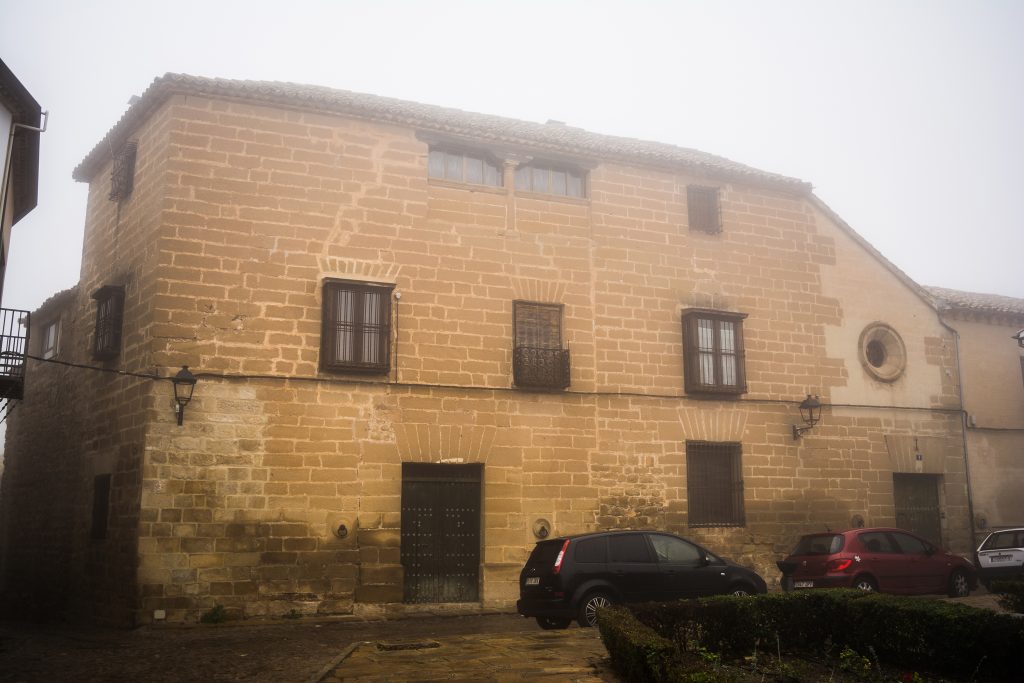
Miguel Hernández-Josefina Manresa museum

The Miguel Hernández-Josefina Manresa Museum is the main element that contextualizes the life and work of the Orihuela writer in the province of Jaén. Located on the ground floor of the building that also houses the Zabaleta Museum, it collects a large part of Miguel Hernández’s legacy.
The musealization responds to a chronological discourse that runs through the work and life of the poet and his wife, trying to convey the poetic sensitivity of Miguel Hernández and the depth of his life messages; the cultural value of his work and its social significance; the didactic dimension of the poet as an icon of the universal values of the human being such as simplicity and constant personal effort, among others; and literature as a positive attitude towards life and as a tool for social and solidarity commitment.
This compendium of values runs through six exhibition halls:
- The reception area, where his main works are exhibited and a feedback panel synthesizes the life and work of the poet.
- The “Perito en lunas” room, where aspects of his childhood and youth are exposed, as well as his first trip to Madrid and the influence that this causes in his work.
- The “El Rayo que no cesa” (The Unending Lightning )room, where the museum discourse is marked by his relationship with Josefina Manresa, as a companion and poetic muse. The relationship with other poets and friends and the impact caused by the death of Ramón Sijé are also present.
- The “Viento del pueblo”(The Village Wind) room, where the time that Miguel Hernández was in Jaén during the Civil War and the imprint it causes on his work is recreated. At this time he wrote the famous poem “Aceituneros”.(Olive Gatherers)
- The room “Cancionero y romancero de ausencias”(“Songbook and ballads of absences”), where his dramatic prison via crucis is shown, illustrated with the recreation of a gloomy cell and where some of the beautiful verses he wrote during his captivity are exhibited, such as the famous “Onion Lullaby ”.
The tour ends in the room “The Poet’s Legacy”, a room for reading, workshops and audition, where you can see the impact of his work on a touch screen.
You can also enjoy the poet on the walls of the Museum, since there are different plaques with verses of his works on display that make the walk very enjoyable.
